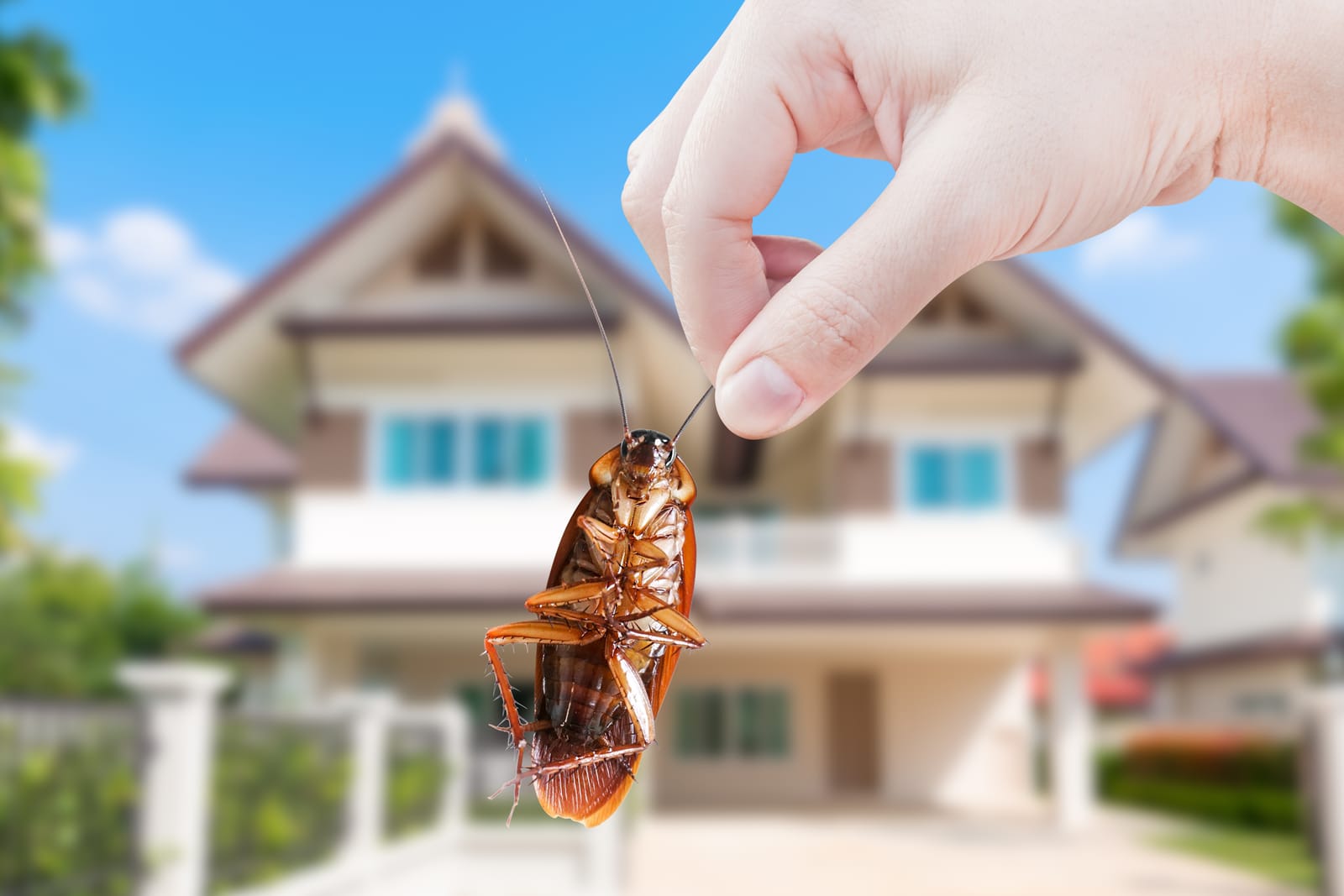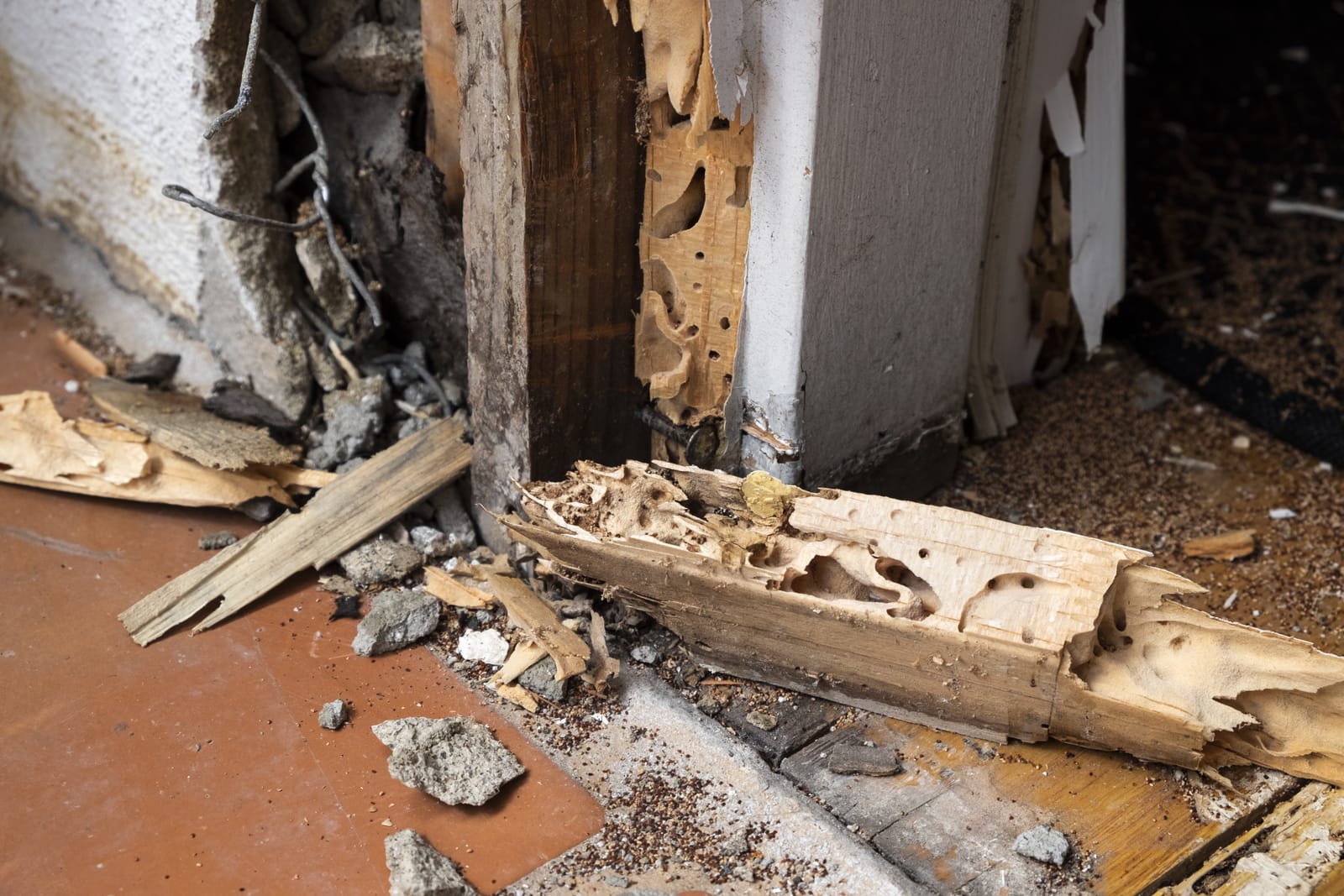The Importance of Pest Inspections When Buying a Home


Charlie
Technical Writer
Charlie focuses on the technical aspects of home systems, from electrical wiring to HVAC efficiency. He breaks down complex building codes into actionable advice for every homeowner.
View Full Profile →Your home can play host to a series of critters that have the capacity to wreak havoc by inflicting disease, allergic reactions, or structural damage wherever they roam. Often times, damages caused by these pests are not covered by most homeowner insurance policies, so routine inspections are crucial.

Always hire a professional pest inspector who is trained to detect early signs of infestation that may otherwise go unnoticed. Structural damage caused by Wood Destroying Organisms (WDOs) often remains unseen to the naked eye until it has become severe.
Some states require the seller to conduct a pest inspection prior to a sale, but not all do. Be sure to check your local requirements! As a buyer, never finalize the purchase of a home without a WDO Inspection.
The best way to control pests is to prevent them. Regular inspections will keep your home safe and pest free.
Types of Pests
The most common type of pest, *termites, ***cost homeowners more than 5 billion dollars every year in property damage. Other types of pests include cockroaches, fleas, silverfish, bees, and wasps. If you live in an especially humid area, you may find that while not inflicting specific structural damage, these pests may contaminate your food sources and spread allergens throughout your home. You may even find yourself plagued by larger pests such as mice, rats, raccoons or opossums. These larger species of vermin like to make themselves at home in your attics and crawl spaces, often requiring specific pest removal services.
Damaging Effects of Pests
 Termite Damage in Door Frame
Termite Damage in Door Frame
The damaging effects of pests in your home can have negative consequences to your health as well as your pocketbook. Termites pose an especially egregious threat as they cause severe structural damage to your home that may result in costly repairs. It’s also important to note that most homeowner insurance policies do not cover termite damage. This damage falls under the “neglect” category of most polices, meaning that if there is termite damage—you’re liable.
Larger vermin, such as mice and rodents invade nearly 21 million homes per year and are known to chew away at electrical wires, causing shortages that have the potential to start house fires.
Like mice and rodents, other insects such as cockroaches, fleas, mosquitos and dust mites, are all common carriers for disease. Their shedding and feces can cause allergic reactions by polluting your indoor air. These airborne bacteria also have the potential to contaminate your food sources if they are not properly sealed.
Why Hire a Professional Pest Inspector

Now that you’ve identified the need for a pest inspection, you may be tempted to take the DIY approach to save a bit of cash. Here are a few reasons why you should avoid doing so:
- Structural damage will often remain unseen until it has become severe. The average price to repair significant termite damage in a home is upwards of $3,300.
- Professionals are trained to notice traces of pests that may be easily over-looked by the untrained eye. Collections of insect droppings may indicate a pest colony, and gnaw marks on furniture may be an indication of mice or rats. Most commonly, wood that has been the victim of WDO’s can often be mistaken for wet or dry rot.
- Professionals have the proper equipment to safely probe areas that they believe to have undergone decay and have structural weaknesses.
When looking to hire a professional pest inspector, be sure to conduct thorough background checks and scan local reviews. If you’re unsure about making the right decision, ask your neighbors! It is likely they have had to conduct inspections of their own and can make some recommendations.
Be aware—some pest inspection companies have a reputation for over-estimating problems to secure more work. It may be best to hire one company to assess for damage, while using a different company to handle the extermination, if necessary. This will often deter inspectors from over stating a pest problem while over estimating the cost of repairs.
Who Should Pay For Inspection
One of the most common times for a pest inspection to take place is during a real estate transaction. Some states in fact require the seller to conduct an inspection prior to this transaction, so be sure to check your state/local requirements. Note that even if not required by state, home lenders may require inspections as part of the loan approval process. In most cases, the buyer will foot the bill for the pest inspection if the seller hasn’t already conducted one. To avoid getting stuck paying for any extensive damage not covered by homeowners insurance, buyers should always request a Wood Destroying Organisms (WDO) Inspection prior to finalizing the purchase of a property. Not only will this assess any current damage, but it will also bring attention to conditions that may be conducive to a new termite infestation.
As a seller, there are some clear advantages to paying for the pest inspection yourself. Showing that your property is treated frequently by a reputable service company, and is free from infestation can become a great selling point! If you are selling a home that needs repairs or upgrades, this would be a great time to assess for structural damage from WDO’s. If there is any damage you can conduct all repairs at once, saving time and money.
On average, these inspections cost around $100, however this price may vary based on the company and the size of your property. Under law, inspection reports are valid for two years after the date of inspection.
What to Expect During Inspection
Inspections usually take 30-60 minutes depending on the severity of the damage. If infestation is present, additional services are then required for Pest Extermination, Pest Removal, or Pest Prevention.
Pest Extermination is provided in the form of insecticide sprays, insect traps, or in extreme situations— tenting and fumigation. This option is best for an existing pest problem that requires immediate action.
Remember not all pests are insects! If you have larger critters making themselves at home in your house, Pest Removal services may be required to trap and relocate them.
At the end of the day, the best way to control pests is to prevent them! Regular inspections and treatments will ensure that pests of all sizes are repelled and cut off from common entry points into your home.